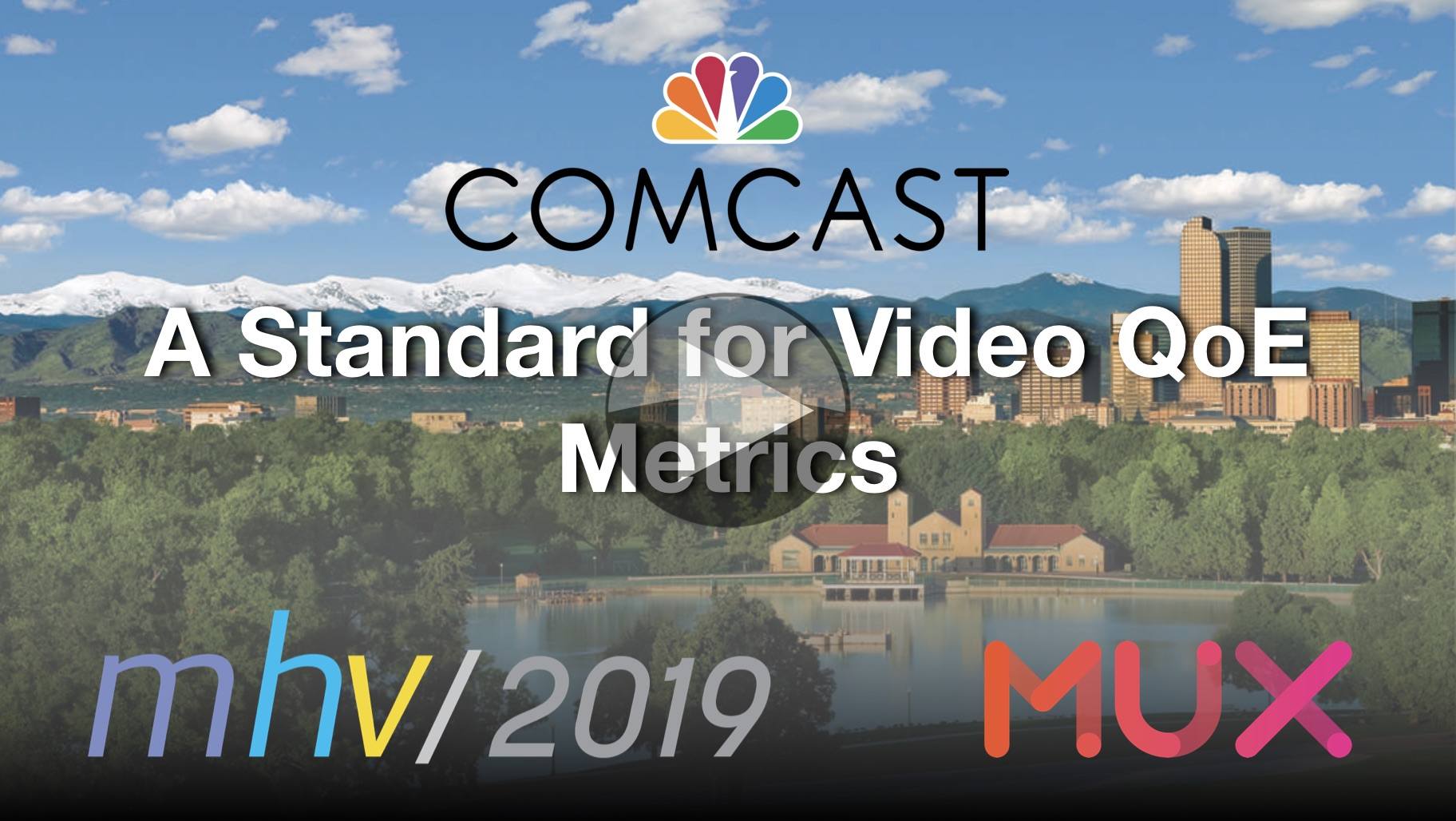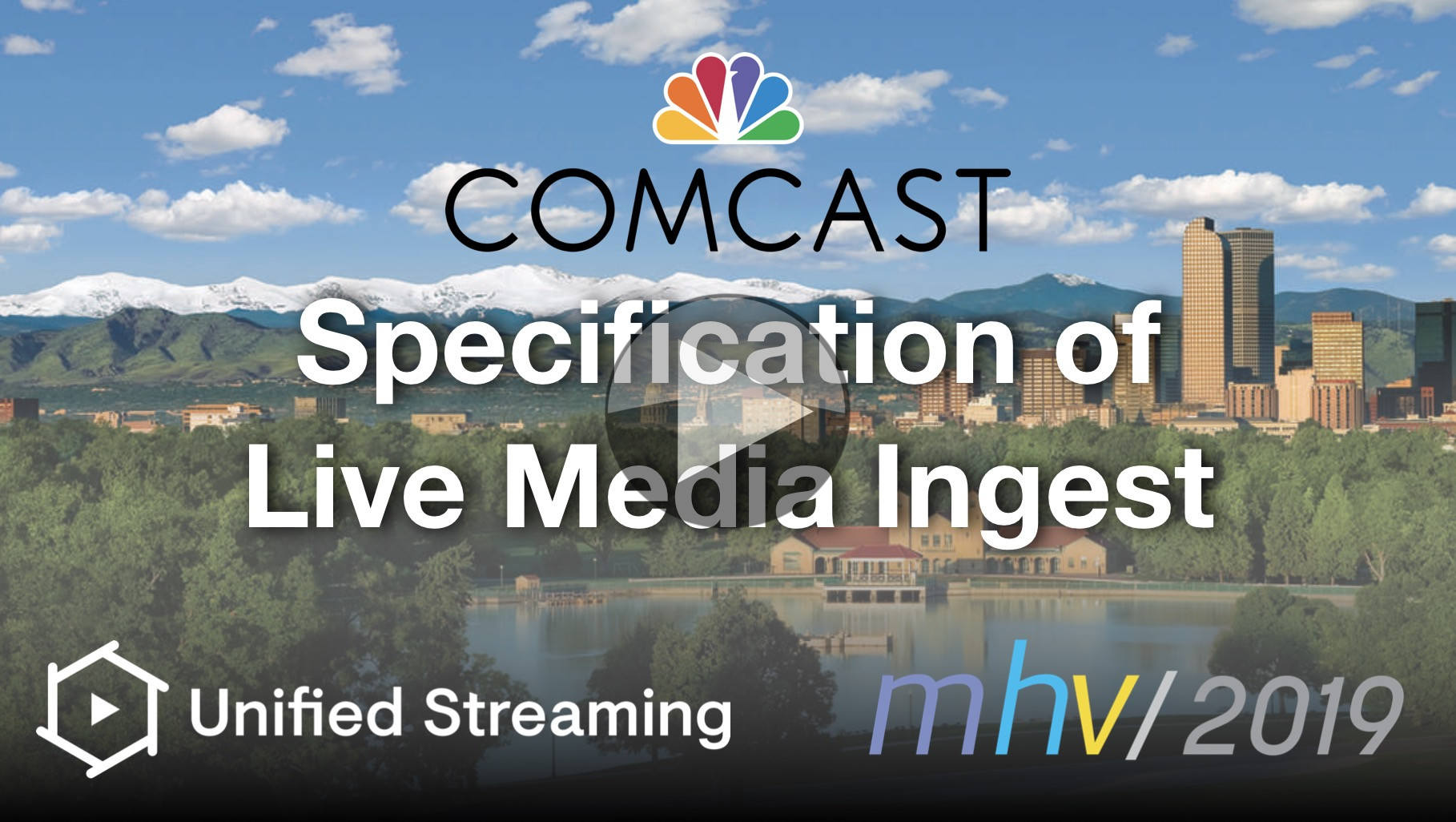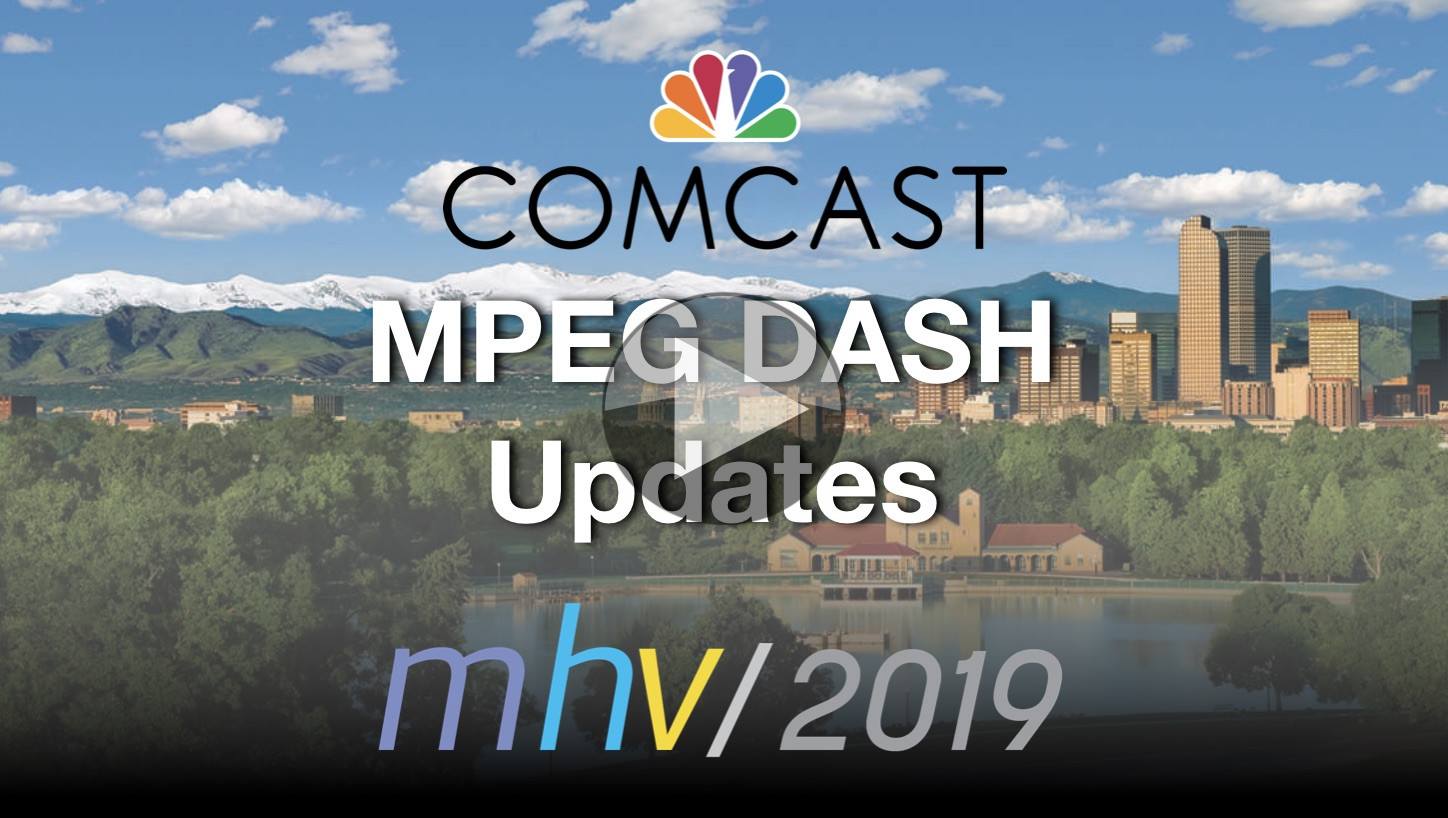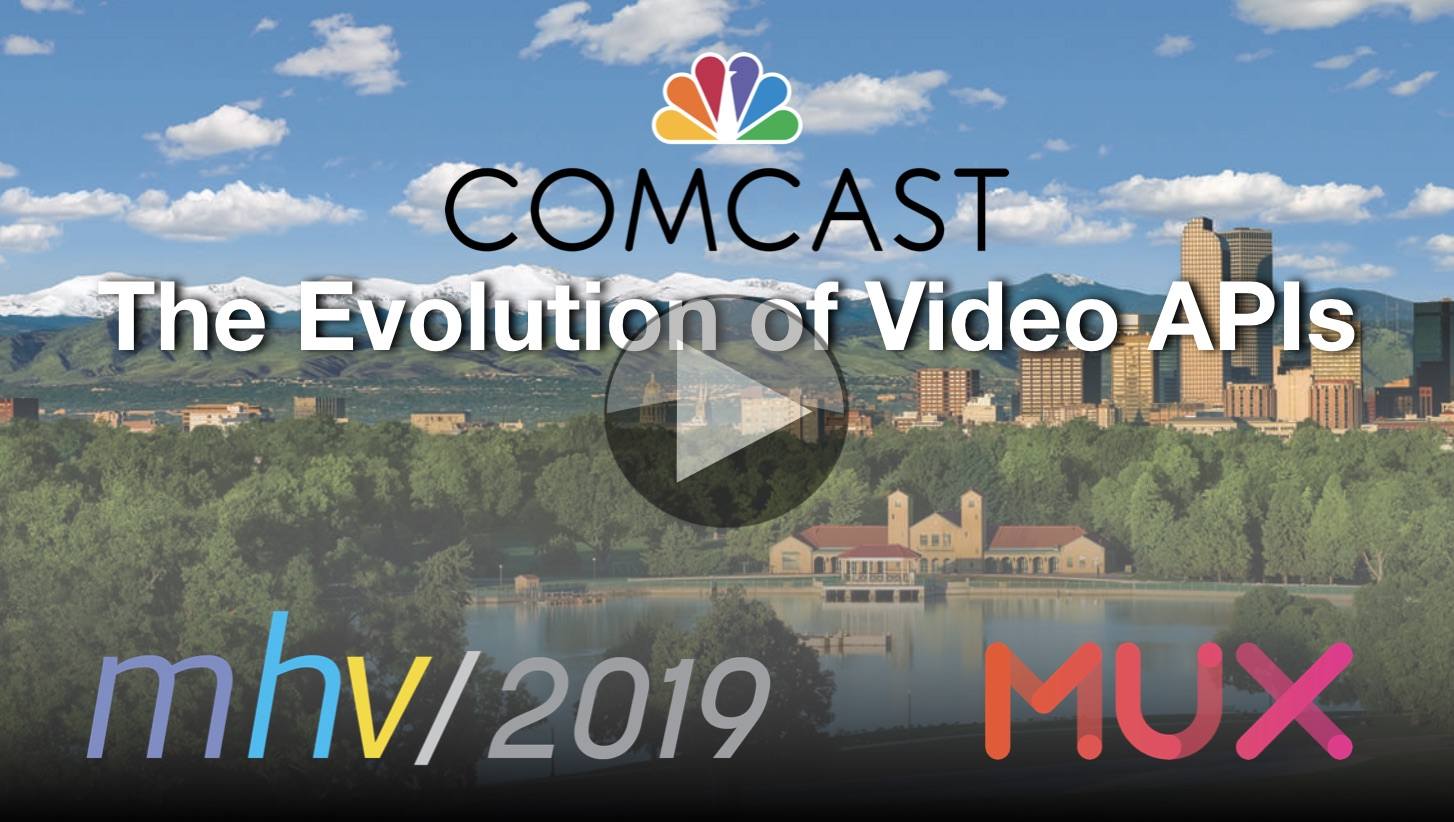A standard in progress for quality of experience networks, rebufereing time etc. Under the CTA standards body wanting to create a standard around these metrics. The goal of the group is to come up with a standard set of player events, metrics & terminology around QoE streaming. Concurrent viewers, isn’t that easy to define? If the user is paused, are they concurrently viewing the video? Buffer underruns is called rebuffering, stalling, waiting. Intentionally focussing on what the viewers actually see and experience. QoS is a measurement of how well the platform is performing, not necessarily the same as what they are experiencing.
The standard has ideas of different levels. There are player properties and events which are standardised ways of signalling that certain things are happening. Also Session Metrics are defined which then can feed into Aggregate Metrics. The first set of metrics include things such as playback failure percentage, average playback stalled rate, average startup time and playback rate with the aim of setting up a baseline and to start to get feedback from companies as they implement these, seemingly simple, metrics.
This first release can be found on github.
Watch now!
Speaker
 |
Steve Heffernan Co-Founder, Head of Product, Mux |








